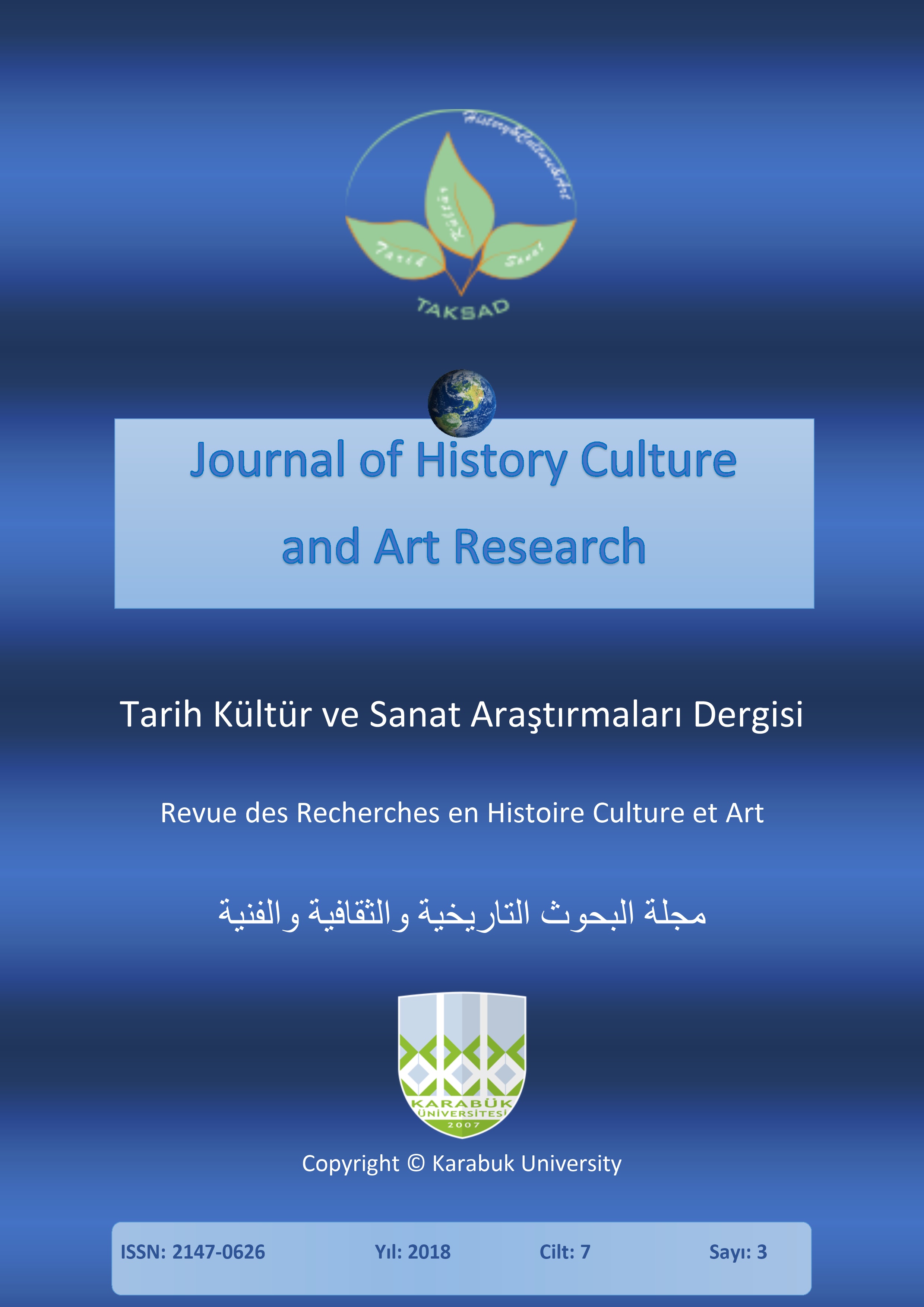How Did the Tripartite Relationship Among the United States, the Soviet Union and Cuba Lead to the Cuban Missile Crisis and Complicate Efforts to Resolve the Crisis?
DOI:
https://doi.org/10.7596/taksad.v7i3.1633Keywords:
Cuba, Missile, Crisis, US, Soviet Union, Nuclear war.Abstract
The Washington and Moscow relations deteriorated culminated to the worst during 1962, on the issue of missiles which is commonly known as the Cuban Missile Crisis (CMC) in history. The crisis culminated to the brink of nuclear war between both superpowers. It can be said that it was the part of the Cold War Doctrine in which Cuba played a vital role. It was the head of the Cuba, Mr Fidel Castro who instigated this event which culminated to the brink of the war (nuclear) between the USA and the United Soviets Socialist Republic (USSR). The USSR aim in engaging in the CMC had multi-purposes. The US believed that it would be simple to remove Mr Castro from the political power through various means. However, all the US efforts to remove Castro from the Cuban government failed utterly. Fidel Castro's popularity became more apparent when he sided with the Soviets Union. His government challenged the US and brought the Soviet Union close to pressurise Washington to get a good political deal. This paper, therefore, is designed to understand the political situation of the three countries and their political leadership role in averting the nuclear disaster in the region. Further, it is investigated that to what extent the installation of the Nuclear Missiles in Cuba succumbed to the political disturbance in Washington.
References
Allison, T. G. (1971). The Essence of Decision: Explaining the Cuban Missile Crisis. Boston: Little Brown.
Blight, J. D. & Welch, D. A. (1989). On the Brink: Americans and Soviets Re-examine the Cuban Missile Crisis. New York: Hill & Wang.
Boyle, G. P. (1993). American-Soviet Relations: From the Russian Revolution to the fall of Communism. London: Routledge.
Burne, H. L. (1985). The Missile Crisis of October 1962. California: Regina Books Claremont.
Domiminguez, J. I. (2000). The Missile Crisis. Diplomatic History, 24(2), 305-315.
Dorn, W. A. & Pauk, R. (2009). Unsung Mediator: U Thant and the Cuban Missile Crisis. Diplomatic History, 33(2), 261-292.
Grathoff, L. R. (2002). Documenting the Cuban Missile Crisis. Diplomatic History, Vol. 24(2), 297-303.
Hass, L. M. (2001). Prospect Theory and the Cuban Missile Crisis. International Studies Quarterly, 45(2), 241-271.
Laffey, M. & Weldes, J. (2008). Decolonizing the Cuban Missile Crisis. International Studies Quarterly, 52, 555-557.
McCauley, M. (1998). Russia, America and the Cold War, 1949-1991. London: Longman.
Nicholas, D. (2003). The Greatest Stories Ever Told. British Journalism Review, 14(2), 41-49.
Rabe, G. S. (2000). After the Missiles of October: John F. Kennedy and Cuba, November 1962 to November 1963. Presidential Studies Quarterly (December), 30(4), 714-726.
Schlesinger, A. Jr. (2002). A Thousand Days: John of Kennedy in the White House. New York: Houghton Mifflin Company.
Sorensen, T. C. (1965). Kennedy. New York: Harper & Row.
Stover, J. W. (2007). Simulating the Cuban Missile Crisis: Crossing Time and Space in Virtual Reality. International Studies Perspectives, 8(1), 111-120.
White, M. J. (1997). Missiles in Cuba: Kennedy, Khrushchev, Castro and the 1962 Crisis. Chicago: Dee.
Downloads
Published
How to Cite
Issue
Section
License
All papers licensed under Creative Commons 4.0 CC-BY.- Share — copy and redistribute the material in any medium or format
- Adapt — remix, transform, and build upon the material for any purpose, even commercially.
Under the following terms:
Attribution — You must give appropriate credit, provide a link to the license, and indicate if changes were made. You may do so in any reasonable manner, but not in any way that suggests the licensor endorses you or your use.
- No additional restrictions — You may not apply legal terms or technological measures that legally restrict others from doing anything the license permits.







